This sounds exactly like the rectangular linear assignment problem (RLAP). This problem can be efficiently (in terms of asymptotic complexity; somewhat around cubic time) solved (to a global-optimum) and a lot of software is available.
The basic approaches are LAP + dummy-vars, LAP-modifications or more general algorithms like network-flows (min-cost max-flow).
You can start with (pdf):
Bijsterbosch, J., and A. Volgenant. "Solving the Rectangular assignment problem and applications." Annals of Operations Research 181.1 (2010): 443-462.
Small python-example using python's common scientific-stack:
Edit: as mentioned in the comments, negating the cost-matrix (which i did, motivated by the LP-description) is not what's done in the Munkres/Hungarian-method literature. The strategy is to build a profit-matrix from the cost-matrix, which is now reflected in the example. This approach will lead to a non-negative cost-matrix (sometimes assumes; if it's important, depends on the implementation). More information is available in this question.
Code
import numpy as np
import scipy.optimize as sopt # RLAP solver
import matplotlib.pyplot as plt # visualizatiion
import seaborn as sns # """
np.random.seed(1)
# Example data from
# https://matplotlib.org/gallery/images_contours_and_fields/image_annotated_heatmap.html
# removed a row; will be shuffled to make it more interesting!
harvest = np.array([[0.8, 2.4, 2.5, 3.9, 0.0, 4.0, 0.0],
[2.4, 0.0, 4.0, 1.0, 2.7, 0.0, 0.0],
[1.1, 2.4, 0.8, 4.3, 1.9, 4.4, 0.0],
[0.6, 0.0, 0.3, 0.0, 3.1, 0.0, 0.0],
[0.7, 1.7, 0.6, 2.6, 2.2, 6.2, 0.0],
[1.3, 1.2, 0.0, 0.0, 0.0, 3.2, 5.1]],)
harvest = harvest[:, np.random.permutation(harvest.shape[1])]
# scipy: linear_sum_assignment -> able to take rectangular-problem!
# assumption: minimize -> cost-matrix to profit-matrix:
# remove original cost from maximum-costs
# Kuhn, Harold W.:
# "Variants of the Hungarian method for assignment problems."
max_cost = np.amax(harvest)
harvest_profit = max_cost - harvest
row_ind, col_ind = sopt.linear_sum_assignment(harvest_profit)
sol_map = np.zeros(harvest.shape, dtype=bool)
sol_map[row_ind, col_ind] = True
# Visualize
f, ax = plt.subplots(2, figsize=(9, 6))
sns.heatmap(harvest, annot=True, linewidths=.5, ax=ax[0], cbar=False,
linecolor='black', cmap="YlGnBu")
sns.heatmap(harvest, annot=True, mask=~sol_map, linewidths=.5, ax=ax[1],
linecolor='black', cbar=False, cmap="YlGnBu")
plt.tight_layout()
plt.show()
Output





